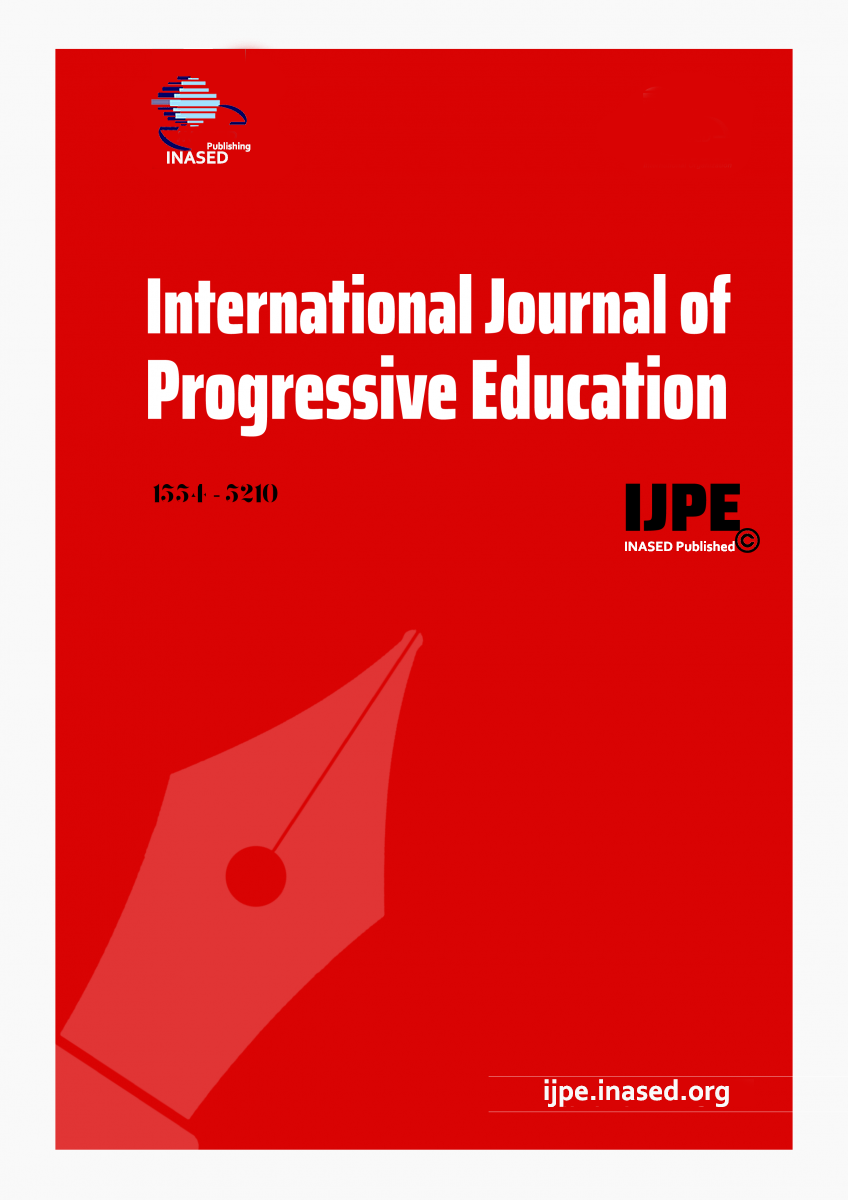- Arabacı, R., Erden, S., Çankaya, C., Korkmaz, N. H., & Korkmaz, F. (2012). Üniversite Öğrencilerinin Fiziksel Aktiviteleri, Beslenme Alışkanlıkları Ve Vücut Kompozisyonları Arasındaki İlişkinin Araştırılması. Beden Egitimi ve Spor Bilimleri Dergisi, 6(3). [Google Scholar]
- Ardıç, F. (2014). Egzersiz reçetesi. Turkish Journal of Physical Medicine and Rehabilitation, 60(2). [Google Scholar]
- Behrens, T. K., & Dinger, M. K. (2005). Ambulatory physical activity patterns of college students. American Journal of Health Education, 36(4), 221-227. [Google Scholar]
- Caspersen, C. J., Kriska, A. M., & Dearwater, S. R. (1994). Physical activity epidemiology as applied to elderly populations. Baillière's clinical rheumatology, 8(1), 7-27. [Google Scholar]
- Demirci, N., Yıldırım, İ., Demirci, P. T., & Ersöz, Y. (2018). Why Should We Do Physical Activity? More Active People for a Healthier World. International Journal of Disabilities Sports &Health Sciences, 1(2), 1-14. [Google Scholar]
- Gumus, H., & Isik, O. (2018). The Relationship of Physical Activity Level, Leisure Motivation and Quality of Life in Candidate Teachers. International Journal of Progressive Education, 14(5), 22-32. [Google Scholar]
- Güler, H, Türkmen, M. (2018). Investigation of the effects of leisure time constraints of the university students in physical education and sport scholls on their leisure time motivation: Bartın university sample. International journal of recreation and sport science, 2 (1), 39-52. [Google Scholar]
- Güngör, N, Kurtipek, S, Yenel, F. (2018). The needs for cognition and cognitive avoidance: The example of the faculty of sports science. International journal of recreation and sport science,2 (1), 30-38. [Google Scholar]
- Haase, A., Steptoe, A., Sallis, J. F., & Wardle, J. (2004). Leisure-time physical activity in university students from 23 countries: associations with health beliefs, risk awareness, and national economic development. Preventive medicine, 39(1), 182-190. [Google Scholar]
- Hatano, Y. (1993). Use of the pedometer for promoting daily walking exercise. ICHPER J, 29, 4-8. [Google Scholar]
- Howley, E. T. (2001). Type of activity: resistance, aerobic and leisure versus occupational physical activity. Medicine & Science in Sports & Exercise, 33(6), S364-S369. [Google Scholar]
- Isık, Ö. Gumus, H., Okudan, B., & Yılmaz, M. (2014). Evaluation Of The Effects Of The Quality Of Life Levels Of University Students Upon Their Depression Levels. International Journal of Science Culture and Sport (IntJSCS), 2(5), 836-843. [Google Scholar]
- Jackson, E. M., & Howton, A. (2008). Increasing walking in college students using a pedometer intervention: differences according to body mass index. Journal of American College Health, 57(2), 159-164. [Google Scholar]
- Kadınlar İçin Spor ve Fiziksel Aktivite Derneği (2014), Türkiye'de Üniversiteli Kadın ve Erkeklerin Fiziksel Aktivite ve Spora Katılımı, http://www.kasfad.org. Erişim tarihi: 27.03.2018 [Google Scholar]
- Keating, X. D., Guan, J., Piñero, J. C., & Bridges, D. M. (2005). A meta-analysis of college students' physical activity behaviors. Journal of American college health, 54(2), 116-126. [Google Scholar]
- Kızar, O., Kargün, M., Togo, O. T., Biner, M., & Pala, A. (2016). Üniversite öğrencilerinin fiziksel aktivite düzeylerinin incelenmesi. Marmara University Journal of Sport Science, 1(1), 61-72 [Google Scholar]
- Koçak, Y, Tukul, U, Tolan, B, Gümüş, H, Tolukan, E . (2017). Analysis of Expectations and Perceptions of the Customers in Sports and Healthy Life Centers for Service Quality (Sample of Afyonkarahisar Province). International journal of recreation and sport science,1 (1), 38-46. [Google Scholar]
- Savcı, F. D. S., Öztürk, U. F. M., & Arıkan, F. D. H. (2006). Üniversite öğrencilerinin fiziksel aktivite düzeyleri, Türk Kardiyol Dern Arş, 34(3), 166-172 [Google Scholar]
- Schneider, P. L., Crouter, S. E., & Bassett, D. R. (2004). Pedometer measures of free-living physical activity: comparison of 13 models. Medicine and science in sports and exercise, 36(2), 331-335. [Google Scholar]
- Thompson, W. R., Gordon, N. F., Pescatello, L. S., (2010), Guidelines for exercise testing and prescription. American College of Sports Medicine, & American College of Sports Medicine. Eight edn. Philadelphia: Lippincott Williams & Wilkins. [Google Scholar]
- Tudor-Locke, C., & Bassett, D. R. (2004). How many steps/day are enough?. Sports medicine, 34(1), 1-8. [Google Scholar]
- Tudor-Locke, C., Hatano, Y., Pangrazi, R. P., & Kang, M. (2008). Revisiting" how many steps are enough?". Medicine & Science in Sports & Exercise, 40(7), S537-S543. [Google Scholar]
- Vassigh, G. (2012). Üniversite öğrencilerinin fiziksel aktivite durumları ile sağlıklı beslenme indekslerinin değerlendirilmesi, Yüksek Lisans Tezi, Hacettepe Üniversitesi Sağlık Bilimleri Enstitüsü, Ankara. [Google Scholar]
- World Health Organization (WHO), Noncommunicable diseases (2017), http://www.who.int/mediacentre/factsheets/fs355/en, Erişim tarihi: 28.03.2018 [Google Scholar]
- World Health Organization (WHO), Physical activity (2018), http://www.who.int/mediacentre/factsheets/fs385/en, Erişim tarihi: 28.03.2018 [Google Scholar]
- Yıldırım, A., & Altunsöz, I. H. H. (2016). Spor yapan üniversite öğrencilerinin fiziksel aktivite seviyelerinin belirlenmesi. Pegem Atıf İndeksi, 1317-1324. [Google Scholar]
- Yıldırım, İ., Özşevik, K., Özer, S., Canyurt, E., & Tortop, Y. (2015). Üniversite Öğrencilerinde Fiziksel Aktivite İle Depresyon İlişkisi. Beden Egitimi ve Spor Bilimleri Dergisi, 9, 32-39 [Google Scholar]
- Yusoff N.A.M, Ganeson S., Ismail K.F., Juahir H., Shahril M.R., Lin L.P., Ahmad A., Wafa S.W., Harith S. and Rajikan R. (2018), Physical Activity Level Among Undergraduate Students In Terengganu, Malasia Using Pedometer, Journal of Fundemental and Applied Sciences, 10(1S), 512-522 [Google Scholar]
|


